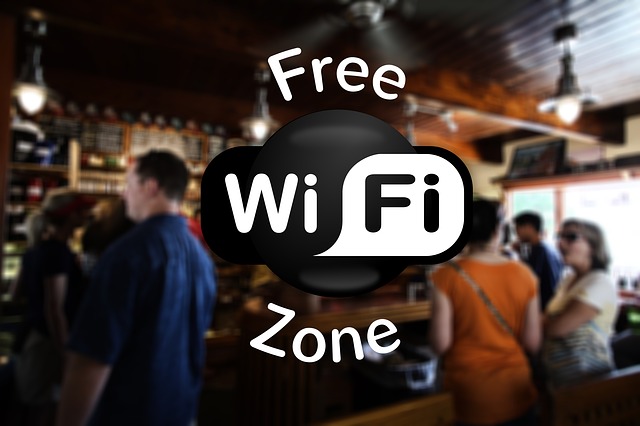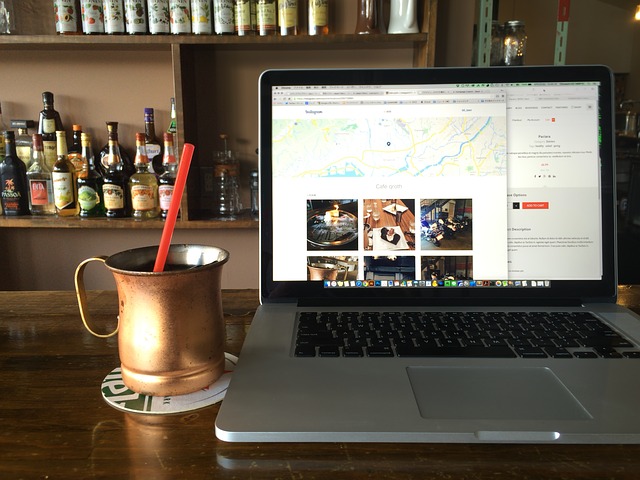Public Wi-Fi networks are one of the fastest and helpful ways to use the internet, especially on the streets. But still, it tends to pose many unsecured Wi-Fi risks while in use. It isn’t a very safe and secure idea of connection. Unlike home wifi, where you know who set it up and users on the network connection, public connections can be insecure.
Not to scare anyone, logging into a public Wi-Fi network may be safe, but you can’t be certain. Joining a public connection may leak some of your information to others sharing the same network. Even in rarer cases, your information might be given away to cybercriminals. Most people don’t even have a clue on how to use public Wi-Fi safely.
There’s no need to stay away from using public Wi-Fi, just make sure you’re smart about it. In this review, we’ll cover everything you need to know about public Wi-Fi protection. Stay tuned and also learn some crucial public Wi-Fi security tips.

How Hackers Get Into Public Wi-Fi Areas
Is it safe to use hotel WiFi? Yes and No. Hackers can intrude on your privacy. Here are a few ways hackers get into public Wi-Fi and have access to your personal information. This section will also cover how you can protect yourself from these cyber tricks.
Fake Wi-Fi Connections
Cybercriminals will introduce a new public Wi-Fi network connection as bait. On joining, they intercept your data and gain access to all information. This technique exposes its victims, thereby gaining access to their private data by luring them to join rogue Wi-Fi hotspots.
Due to their high cyber skill, these intruders can easily set up fake access points without stress. Even from any internet-enabled device like an android, they’ll still be able to introduce fake Wi-Fi connections as baits. Most people easily fall for this scheme because this fake Wi-Fi name may appear as a genuine connection.
All transmitted information will directly go to the hacker if the victim successfully joins his network.
Ways to Avoid Fake Wi-Fi Connections
Before connecting to any public network, look closely for two similar Wi-Fi names. Immediately you notice two similarly-named Wi-Fi connections, and it’s linked to a shop or eatery, ask the staff there. At work, alert the management if you see any fake AP.
Better still, consider the use of a virtual private network (VPN). A data scrambling VPN introduces a higher level of encryption allowing net-users to surf the internet safely. It serves as a public Wi-Fi security software. With the use of this tool, hackers won’t have the correct decryption key thereby giving them no access to your data.
Shoulder-Surfing
We are always advised to check around us when using the ATM. It is to make sure no one is hovering around as you enter your pin. This important measure is mainly done to avoid shoulder surfers, and it also applies when using public Wi-Fi. Be vigilant, and be sure no one is peeping as you’re visiting a private site.
Don’t submit any private information including your passwords. Scammers use this method immediately they notice slight openness around net users. By just watching what you input on your device, a shoulder surfer will find something to work on.
Ways to Avoid Shoulder Surfers
Stay alert relentlessly and watch everybody around you. Avoid visiting any private site or using private information if you don’t know the people around you. If you feel staying aware all the time against shoulder surfers is too stressful, try purchasing a privacy screen. A privacy screen would help by reducing what contents people see on your device’s screen.
Never belittle important data you might be filling out or reading. Any form of information might be worth it for these intruders. So, if you’re working on a private document or webpage no one must see, take the necessary steps to avoid it.
Man-in-the-Middle Attacks
This cyberattack happens when a third party intercepts data communication between a user and a web server. Normal data communication is supposed to be between the server and its users. But in this form of attack, another party is involved.

The third parties are mostly cybercriminals who present their portion of a site to their victims showing their messages. When using public Wi-Fi, no one is exempt from MITM attacks. It happens because all information you work on is generally unencrypted with this connection, thereby exposing all your data.
MITM attacks pose a lot of risk to your confidential data. It goes as far as leading hackers to your emails, rendering them access to your passwords, usernames, personal messages, and many more.
Ways to Avoid MITM Attacks
Only visit sites with a certain HTTPS address. Public Wi-Fi is not always encrypted, but some sites that ask for passwords use a certain level of encryption. You can check for this by looking at the URL. Seeing HTTPS in the URL guarantees security to use on the site.
Disregard entering any information on a site you suspect might not be genuine. Avoid every suspicious URL at all costs, even in desperation. Some browsers warn you with a cautious message when attempting to visit an unsafe server.
Packet Sniffing
It sounds so funny but it is not a funny method of hacking. By packet sniffing, the hackers gain access to all data directly from the air and use it for their aim. Connecting your device to an insecure public Wi-Fi will allow all the transmitted data to be easily accessible to cyber intruders.
This data can be read and gotten from anyone who ignorantly downloaded some software or malware. You might even find such dangerous material from an unsecured site or spam email. A more amusing fact about this is that it’s not even illicit.
Ways to Avoid Packet Sniffing
A method to eliminate the tricks of these packet sniffers is by using a data scrambling VPN. More importantly, unsecured sites without HTTPS website URLs. As stated earlier, you can always check a site’s authenticity by checking its URL for HTTPS proof.
Session Hijacking
Session hijacking is a similar cyber-criminal practice to packet sniffing. But here, you get hacked on a site rather than the later practice. This practice focuses, especially on log-in information. Hackers use this practice to gain vital login data from their victims even under an encrypted connection.
Ways to Avoid Session Hijacking
To protect yourself from these attacks, always make sure any site you visit is HTTPS secured. Also, avoid sending very important private information over public Wi-Fi. Even in desperation, resist the urge to use public Wi-Fi to check very private data such as online banking login private codes.
Do’s and Don’ts of Using Public Wi-Fi
So, is public Wi-Fi safe? Simply, no. It poses too many unsecured Wi-Fi dangers including ransomware attacks, malware attacks, and so on. Luckily, there are some counter practices you can follow to avoid any major Wi-Fi security problem. Here are important dos and don’ts on how to stay safe on public Wi-Fi.
Dos
- If you have to connect to any public Wi-Fi, make sure it is from a trusted source. If you have no choice but to join an untrusted one, make sure it is one that users request for password to the Wi-Fi on demand.
- Turn off automatic connectivity: Almost every device comes with the auto-connect option. For security reasons, it is not always a good idea to leave the option turned off. This is an effective open Wi-Fi security measure that everyone should follow.
- Be careful with your Bluetooth: Bluetooth is great for connectivity but criminals can use it to access your device. Make sure your Bluetooth connectivity is off especially when in an unsafe area.
- Use virtual private networks (VPN). It is one of the popular ways to ensure privacy when using public connections. It also encrypts all your data to make your device safe.
Don’ts
- Never leave your devices unwatched in a public area. It could attract thieves or even cybercriminals.
- Avoid doing online banking payments over a public Wi-Fi connection. Shopping online will need you to enter private data including login and bank details. So it isn’t advisable to use an unsecured network for shopping and other important payment transaction services.
- Do away from accessing your bank credentials when using unsecured Wi-Fi connections. It is a very risky step since public Wi-Fi hackers can easily gain access to this information over unsecured networks. Just wait till you get home before doing transactions involving vital confidential information.
Conclusion
Most times, public Wi-Fi networks tend to be insecure since it easily renders hackers access to their user’s private information.
We’ve done our part by providing you with simple cyber measures you can take to stay safe while in public. Do well to follow them and more importantly, stay alert.




